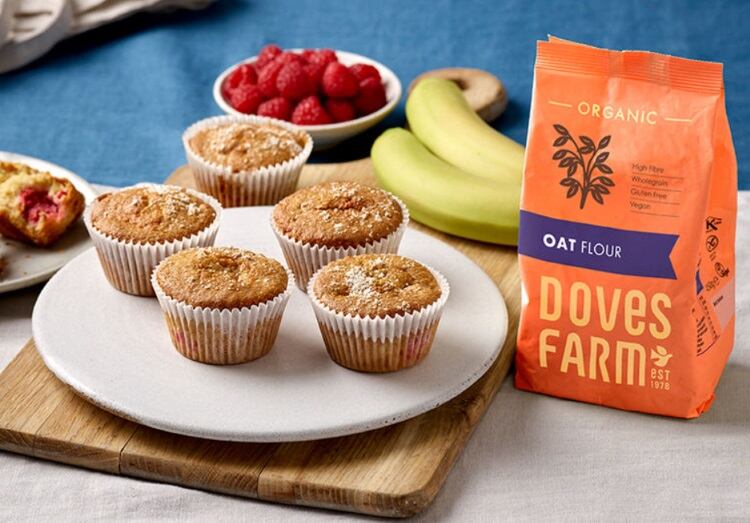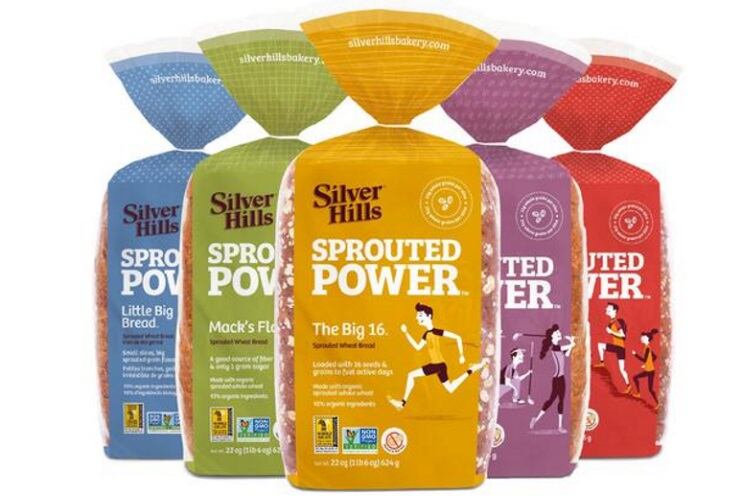The ecommerce industry in China has grown significantly in recent years, but according to Dada Group’s founder, chairman and CEO Philip Kuai, the pandemic has been the catalyst in driving home delivery sales.
Despite a return to normal life, this preference remains unchanged, and the number of consumers preferring to ‘click’ to have goods delivered directly to their home continues to grow.
Investment bank and brokerage firm China Securities also said its research found that we are ushering in ‘an era of everything being delivered to the home’. Consumers have developed a taste for shopping online, which has opened real opportunities for retailers and brand owners to attract new customers, as well as repeated orders.
On-demand consumption of snacks
Dada Group’s JDDJ Data Research Institute teamed up with FMCG giant PepsiCo to analyse data-driven observations from 2020 to map out the five major trends of the region’s e-commerce scene.
According to the duo, the snack category in particular, is enjoying a real boost through this channel, with JDDJ reporting a 91% growth of snack sales in 2020.
There is no unique make up of the snack customer – who comes from a diverse group of users from all channels, all scenarios and all regions. Their tastes also differ greatly, ranging from everyday treats to the most eclectic like mango-flavoured chocolate and sauerkraut-flavoured potato chips. However, a standard preference is potato chips and spicy strips for daily consumption, and chocolate gift boxes for festive occasions.
In 2020, puffed snacks, chocolates and biscuits were the three most popular categories to keep consumers buoyant during the early months of the pandemic, while wafers, bulk food and chocolates experienced the fastest year-on-year increase.
Supermarkets on on-demand platforms account for 80% of snack sales – with consumers typically returning to stores previously visited. Convenience, grocery and hypermarkets on on-demand platforms also seeing an uptick in sales.
60 minutes from click to snack
Proving particularly popular is the one-hour delivery service of gourmet snacks that Dada Group launched in January 2021, aimed at consumers in lower-tier cities.
The company – which has an established presence through fourth-tier cities – found consumption patterns in lower-tier cities are different from those in first-tier cities. Consumers in lower-tier cities tend to have lower incomes, but face minimal pressures from housing loans and living expenses. Price-sensitive consumers also seek quality products and young people in lower-tier cities have spending power like those in first and second-tier cities.
Dada Group has developed its on-demand retail services over the past six years, growing into an unrivalled source of sales and marketing value for brand owners in the region. JDDJ, its on-demand retail platform, has partnered with over 150 household brands and operates a series of digital marketing events – like Super Brand Day and Supermarket Brand Season – that resonate with Chinese consumers.
Its April 2020 vacation campaign – launched in cooperation with PepsiCo – saw participating snack brands realise a massive 220% increase in sales compared to the same period a year earlier.
In August of that year, JDDJ cooperated with Yili, P&G, Mars Wrigley and Mondelēz to host the exclusive Super Fan Day marketing event. The total sales of participating brands saw an increase of three times year-on-year growth.




